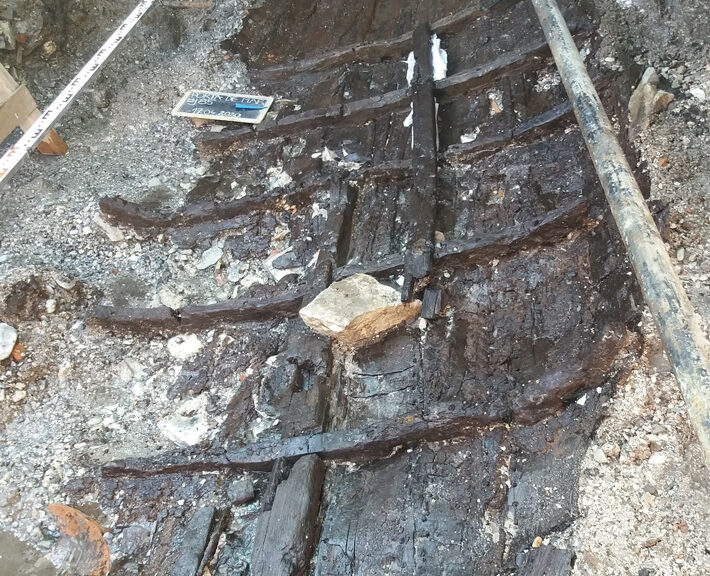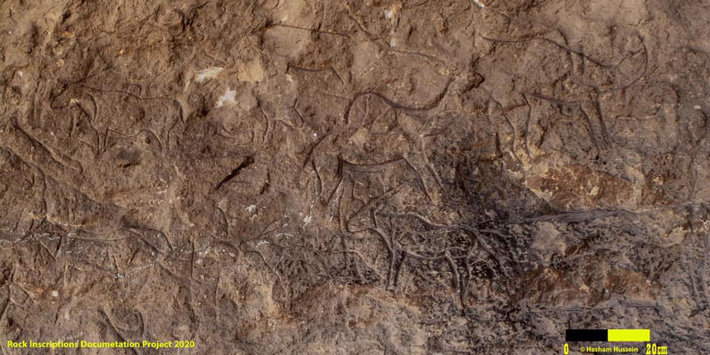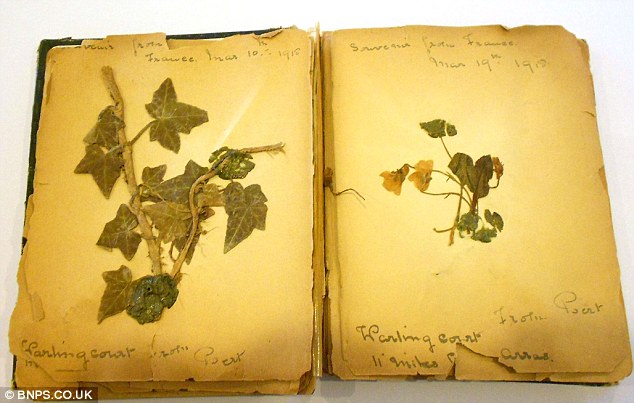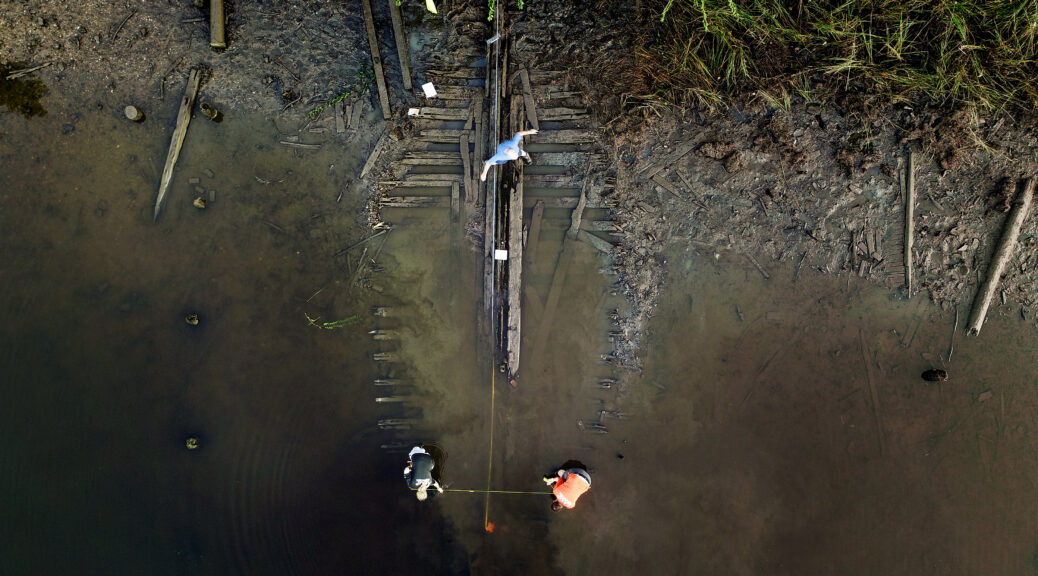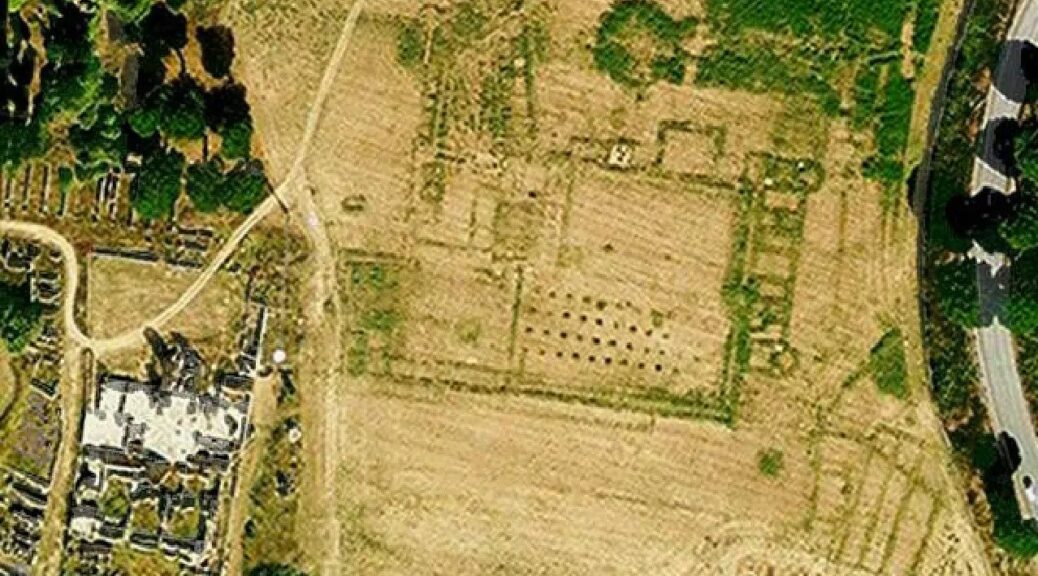2,000-Year-Old Boat Unearthed in Croatia
POREČ, CROATIA—According to an Archaeology org report, a 16-foot boat held together with rope and wooden pegs have been uncovered at the waterfront in the city of Poreč, which is located on the western coast of the Istrian Peninsula.

The boat is estimated to date to the first century A.D. “This finding is significant because it is well preserved and has many elements that are very rarely seen,” said archaeologist Bartolić Sirotić of the Regional Museum of Poreč.
The most important archaeological discovery in the last 30 years is that the boat is well preserved and has many rare elements.
At the very end of the Porec waterfront on the Porta de Mar site, at the intersection of the waterfront with Cardo Maximus street close to the former Kompas building the old wooden boat was found
The first of these boats was located in Pula. This is the third such boat found on the mainland in Istria and the first in Poreč. The boat was made by a sewing technique, which was characteristic of the northern Adriatic area.
“It is a Roman sewn ship from the 1st century AD. The technique of sewing the ship is known from earlier periods, from the time of Histra.
One of the oldest boats of this type was found at the site of Zambratija near Umag. This specimen from Poreč is one of three boats found on land that are not part of an underwater archaeological survey,” Bartolić Sirotić, an archaeologist from the Regional Museum of Poreč, told Jutarnji list before adding.
“This finding is significant because it is well preserved and has many elements that are very rarely seen. These are primarily the formwork, ribs, and keel. In years, it will be possible to make a preliminary reconstruction of the vessel.”

The discovered boat is five meters long, although an archeologist revealed to the Jutarnji list that it was in fact a bit longer. It is 1.70 meters wide and had a sail.
It was well preserved because it was at a certain depth in the soil and could not be penetrated by oxygen. Certainly, a significant role in its conservation was played by the sludge with which it was covered.
“All this preserved it and the wood was not destroyed. We are now conducting research. Every stitch that is made is recorded.
The sewing technique is such that we have ropes that are tied with rope and sewn through holes that insert wooden nails called spots. And after that, the ribs, which are connected with this plate by the big wooden nails, are put on,” Bartolić Sirotić adds.

The archaeologist points out that the very context of the findings is very interesting because Poreč was once an ancient colony.
Excavations also show what the waterfront of Poreč once looked like. It was more recessed and lower than the present. The boat was found at an ancient pier.
